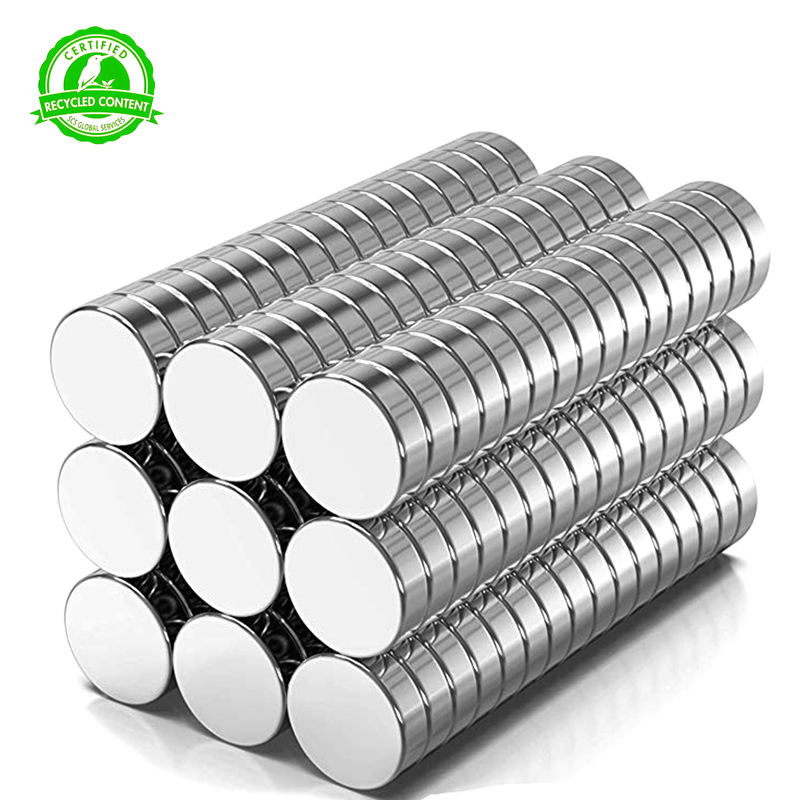Neodymium Iron Boron (NdFeB) magnets are widely recognized for their exceptional magnetic properties and find extensive applications in various industries. However, to ensure optimal performance and longevity of NdFeB magnets, proper technical support is essential. This article aims to provide valuable technical guidance and support for users of NdFeB magnets.
1.Magnet Selection: Choosing the right NdFeB magnet for a specific application is crucial. Factors to consider include the required magnetic strength, temperature resistance, size, shape, and coating options. Consulting with magnet manufacturers or experts can help in selecting the most suitable magnet for the intended use.
2.Handling and Storage: NdFeB magnets are brittle and can break easily if mishandled. When handling them, it is important to wear protective gloves to prevent injuries from pinching. Additionally, magnets should be stored in a cool, dry place, away from other magnets or magnetic materials to avoid unintended magnetization or demagnetization.
3.Magnetization: NdFeB magnets are typically magnetized during the manufacturing process. However, in some cases, magnets may require additional magnetization or demagnetization. It is recommended to consult with experts or magnet manufacturers for proper magnetization techniques to achieve the desired magnetic properties.
4.Temperature Considerations: NdFeB magnets have temperature limitations, and exceeding these limits can lead to irreversible loss of magnetic properties. It is crucial to understand the maximum operating temperature of the specific NdFeB magnet grade being used and ensure that the application does not exceed this threshold.
5.Coating and Protection: To prevent corrosion and enhance durability, NdFeB magnets are often coated with protective layers such as nickel, zinc, or epoxy. Proper coating selection and application are essential to ensure the magnets’ longevity and performance in various environments. Consultation with coating experts or magnet manufacturers can provide valuable insights into the best coating options for specific applications.
6.Magnet Testing and Quality Control: Regular testing and quality control measures are necessary to ensure the performance and consistency of NdFeB magnets. Non-destructive testing methods such as magnetic field mapping, flux density measurement, and pull force testing can help assess the magnets’ quality and detect any potential defects or variations.
7.Safety Precautions: NdFeB magnets are extremely strong and can cause injuries if mishandled. It is important to follow safety guidelines, keep magnets away from sensitive electronic devices, and avoid bringing them close to ferromagnetic objects. Additionally, individuals with pacemakers or other medical devices should exercise caution when handling NdFeB magnets.
Conclusion: Technical support plays a vital role in maximizing the benefits of NdFeB magnets in various applications. By considering factors such as magnet selection, proper handling and storage, magnetization techniques, temperature limitations, coating options, quality control, and safety precautions, users can ensure optimal performance and longevity of NdFeB magnets. Consulting with magnet manufacturers, experts, or technical support teams can provide valuable guidance tailored to specific application requirements.

